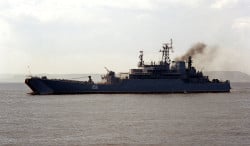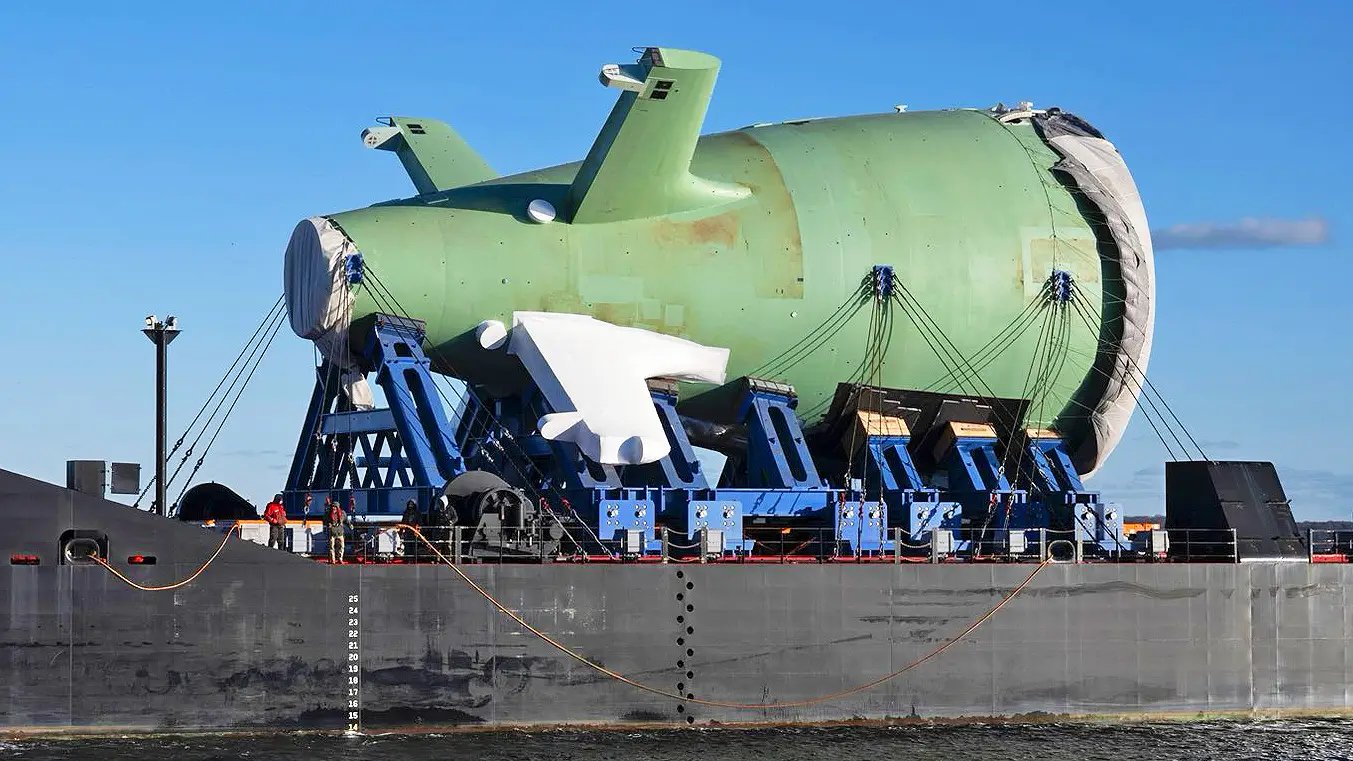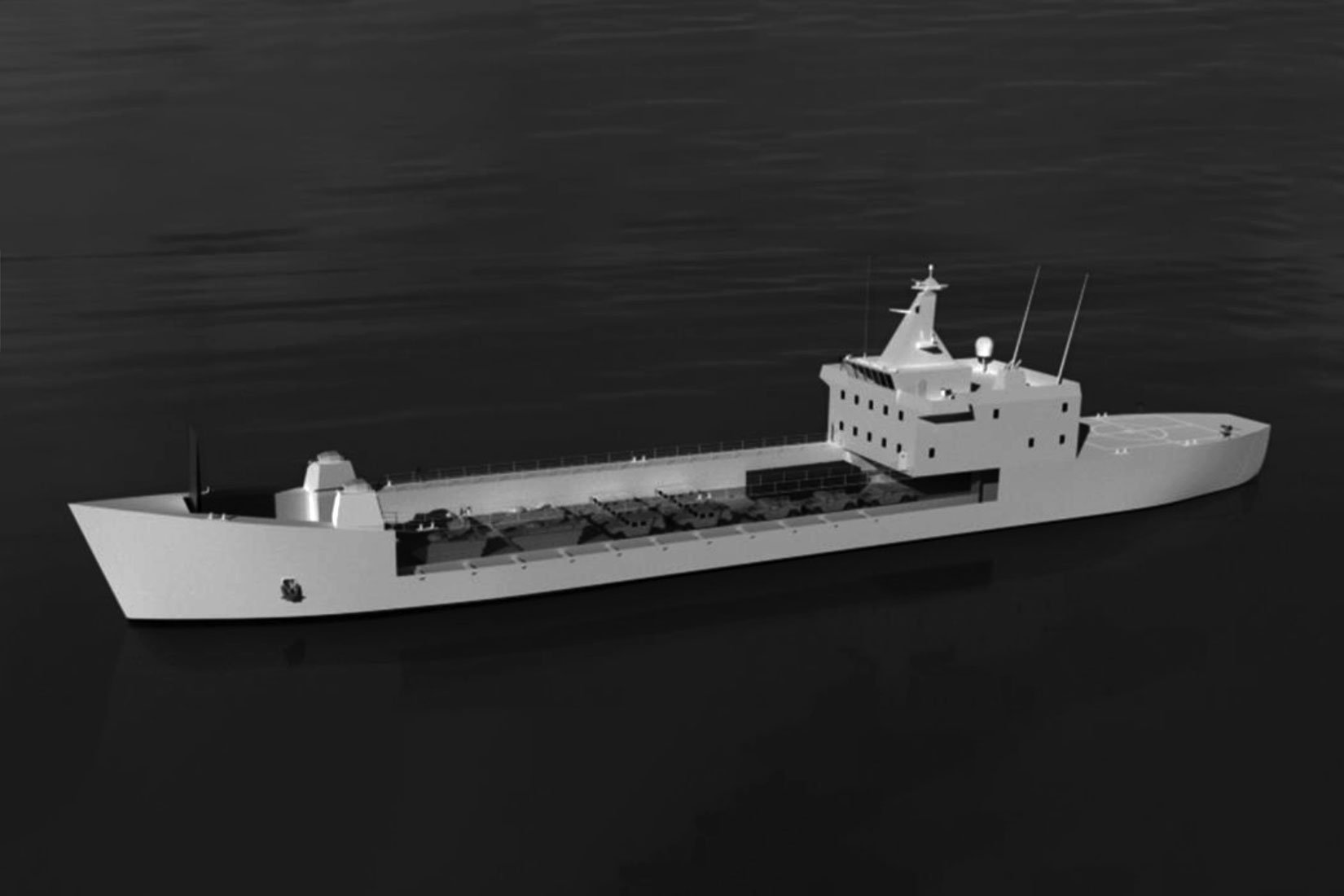
Early in the summer of 2012, a number of international observers got very worked up about Russia’s plan to dispatch half a dozen warships to the eastern Mediterranean. It sounded like some sort of escalation of an already awful situation, and even the most optimistic analyses noted that having a bunch of old, leaky Russian ships in an active war zone clearly was not ideal.
However the fact that several Russian naval vessels sailed around the Mediterranean and temporarily docked at the Russian naval base at Tartus—an overly generous term for the small, dilapidated fueling station there—had no impact on the situation in Syria. Although outside actors might be able to influence Syria on the margins, it’s not unrealistic to note that Russian naval power can have only a negligible impact on a struggle that is almost entirely an urban guerrilla conflict between competing paramilitaries. The Syrian civil war is being governed primarily by domestic considerations and has now entered a stage of seeming paralysis: people die, towns are shelled, and the humanitarian situation worsens, but the fundamentals of the conflict remain unchanged.
The current Russian excursion of four “large landing ships” the Kaliningrad, the Shabalin, the Saratov, and the Avoz will be just as inconsequential as the previous ones. All those ships were actually already in the area because they recently participated in Russia’s largest naval exercise in the Mediterranean since the collapse of the Soviet Union—an exercise that involved more than 20 ships and three submarines from the Baltic, Black Sea and Northern fleets. (Initial reports that ships from the Pacific fleet would participate turned out to be inaccurate). It’s more accurate to say that “four Russian ships are staying near Syria” rather than “four Russian ships are steaming there,” making this considerably different from 2012, when a few of the Russian ships really did sail all the way from Severomorsk on the White Sea.
View Tartus in a larger map
The four ships in the Mediterranean near Syria are neither new, capable, nor threatening. Three are from the Project 775 (NATO classification Ropucha) class and were introduced into the Russian fleet from the mid-1980s (Kaliningrad and Shabalin) to the early 1990s (Azov). The Project 775s displace about 4,000 tons when fully loaded and are capable of carrying anywhere between 10 and 13 large vehicles and 250-300 fully equipped and battle-ready troops. While the project 775s are hardly revolutionary pieces of military hardware, they are practically cutting edge when compared with the Saratov, a project 1175 (NATO classification Alligator) class landing ship that is little more than a glorified freighter. The Saratov was originally launched in 1964 and while it has been refurbished several times in the intervening decades. Considering the fates of most Soviet warships constructed in the 1960s and 1970s it is nothing less than a miracle it is still afloat.
Of the “five Russian warships” near Syria (the anti-submarine destroyer Smetlivy is also sailing in the same general area of the eastern Mediterranean, though it is technically separate from the formation of the four landing craft) two actually date from the 1960s and the rest are all landing craft with minimal weapon systems and relatively little cargo room. Thus it is obvious that Russia’s deployments in the region are not serious attempts to project force but very crude (and arguably ineffective) efforts to show the flag. Even if the ragtag collection of ships now nearing Syria wanted to help evacuate Russian civilians they would be poorly suited to the task.
None of them have armaments capable of fighting off the rebels who would likely try to stymie such an operation. The ships are not capable of deploying helicopters or other air assets, leaving the ships completely without air cover in a hostile environment. And even if one overlooks their extreme vulnerability, there’s the simple matter that the “large landing ships” actually cannot hold that many people. While they could, in an emergency, hold around 1,000 civilians each, the four ships now in the Mediterranean would be able to carry only a very small fraction of the estimated 30,000 Russian citizens in Syria. And that is not to mention whether those needing to be evacuated could actually get to the port—a very big if considering how dangerous travel in Syria is these days.
If the Russians are going to stage an evacuation in Syria, it is going to happen via air, not by sea. No matter how many times the media triy to argue otherwise, the Russian naval deployments in the Mediterranean are not an attempt to get more involved in Syria but are, rather, a way of showing that “Russia is back” and that, after a series of humiliating setbacks during the 1990s, its navy is once again capable of maintaining a viable presence on the international stage.
One shouldn’t sugarcoat Russia’s ugly conduct in Syria and its continued indifference to the terrible crimes committed there by the Assad regime, but Russia’s navy is simply incapable of intervening in any meaningful sense, even if the goals of its intervention were purely humanitarian and altruistic. A few years from now, when the French-built Mistral-class helicopter carriers are online and operational, Russia will have the military capability to meaningfully project power from the sea. Until then, its naval exercises in and around hotspots such as Syria remain a public relations exercises that should not be accorded any special importance.





